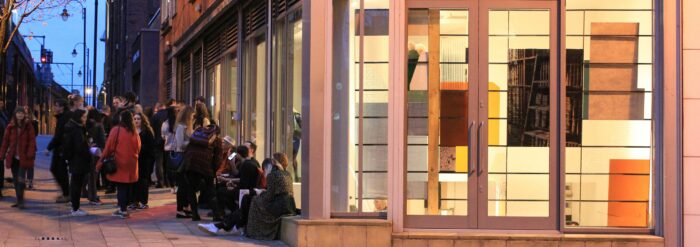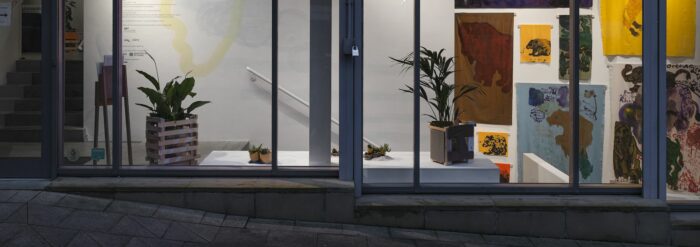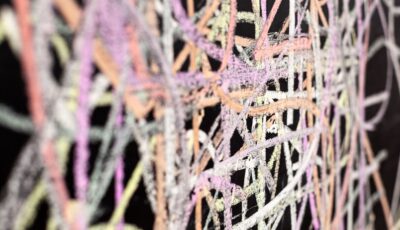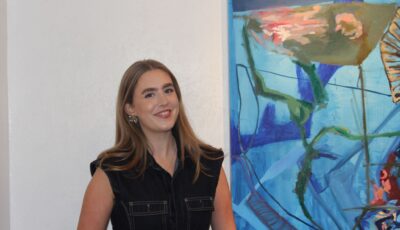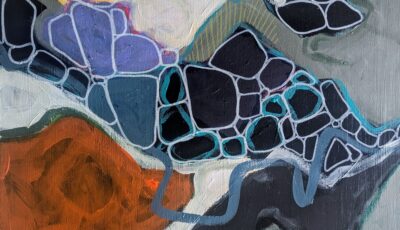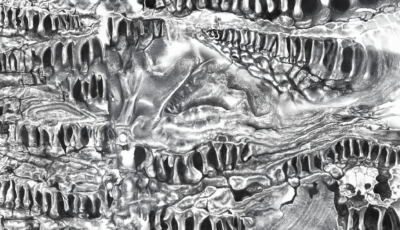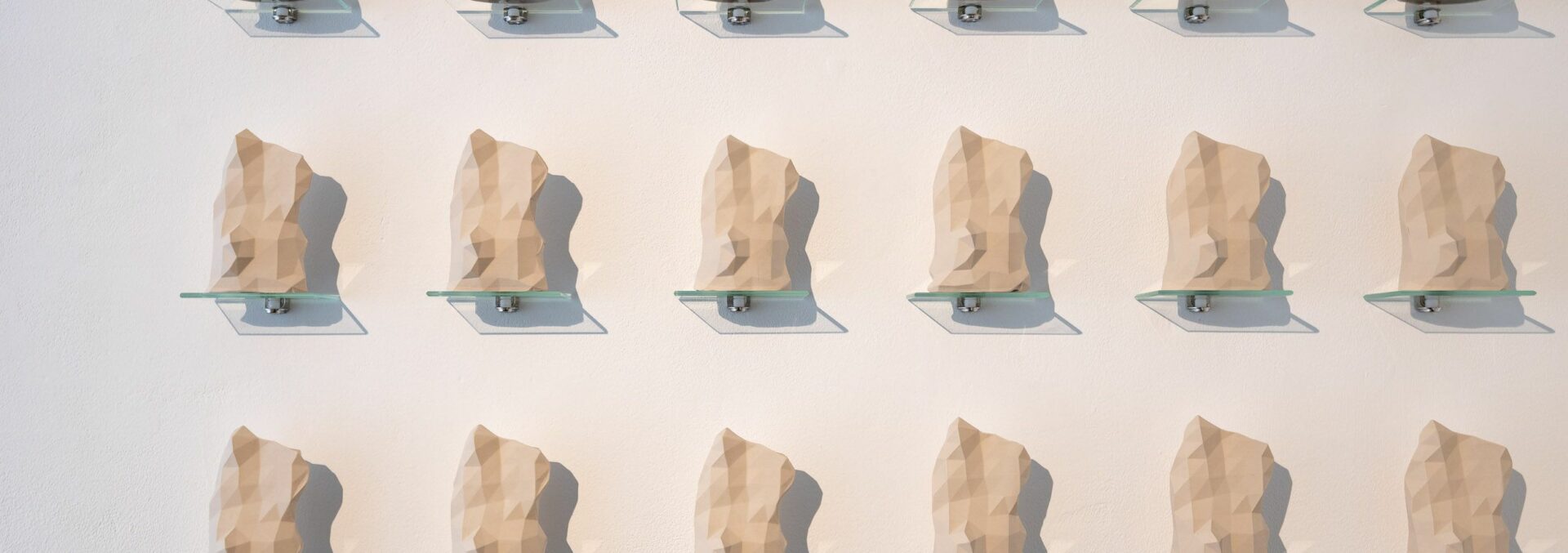
Artists and Sustainability Spotlight: Jeffrey Knopf
Posted on 23 July 2024
This month we’ve invited Jeffrey Knopf to contribute to our ongoing series Artists and Sustainability Spotlight, where we ask artists to share short responses about their work and how it might relate to climate change.
Knopf’s sculptures consider time and form. Through the use of 3D Knopf is able to defamiliarize objects, often relics from museum collections, and represents them through incongruous contemporary materials.
Many of Knopf’s sculptures are propped, balanced, or scattered. He sees this as a metaphor for the current world we live in where “every part of life is constantly in the balance, one false move and it can come crashing down around us.”
On talking about his practice Knopf says, “my sculptures are blurred and have an air of digital archaeology about them, because of this they are able to encompass the past, present, and future”.
Jeffrey Knopf is currently exhibiting in 40 Years of the Future: Where Should We Be Now? at Castlefield Gallery until 6 October 2024.
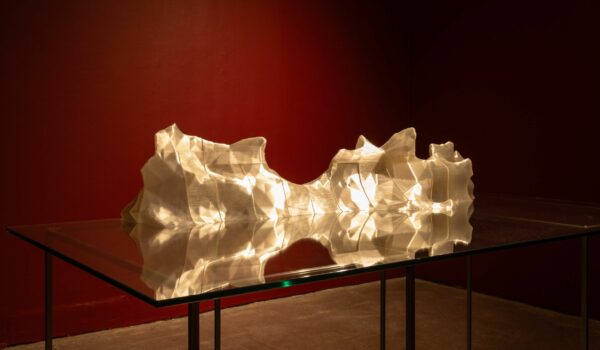
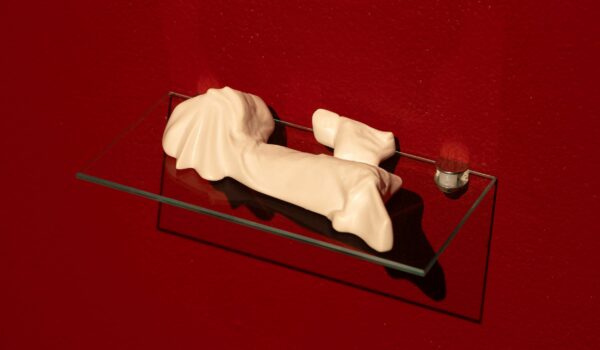
In what ways do you feel your work might relate to issues of climate crisis and sustainability, in the content of the work, its narrative, conceptually or theoretically. How might it speak to or challenge public discourse?
I honestly don’t think that my work relates to issues of climate crisis and sustainability at this moment in time. There are elements within my work where I employ the use of balance which I use as a metaphor for the world and times that we are currently living through, but this comes from a very personal life experience.
Other than this I try to ensure my sculptures are one off pieces of work, my production is small and because of this my use of resources is minimised.
With regards the materials, processes and techniques you use to produce your work, are there any practical decisions you make with regards climate change and sustainability?
With regards to the materials I use, I think about my impact on the climate and sustainability as I use 3D printing to create many of my sculptures/components. The printers are electric and the filament to the untrained eye looks like plastic. I actually use PLA which is short for Polylactic Acid. This is a recyclable, natural thermoplastic derived from renewable resources like corn starch or sugar cane. I buy my filament from 3DQF, a family run business just outside Manchester.
3DQF sources the raw pellet product from the most sustainable manufacturers in the US, but everything else comes from either Manchester or the North West, thus cutting down on the carbon footprint. Packaging is constructed from cardboard and is fully recyclable (apart from the plastic bag the filament is vacuum sealed in). All this adds up to a lessened carbon footprint.
Unfortunately even though PLA is classed as a biodegradable and compostable bioplastic, it’s still not as innocent as it seems. PLA, is still a plastic and for it to biodegrade it needs industrial composting conditions. Processing plants like this are very few and far between in the UK.
With regards to my production, I ensure to only print what I need. I am also conscious of the waste produced during the process of 3d-printing and limit the amount of support structures employed in the printing of an object.
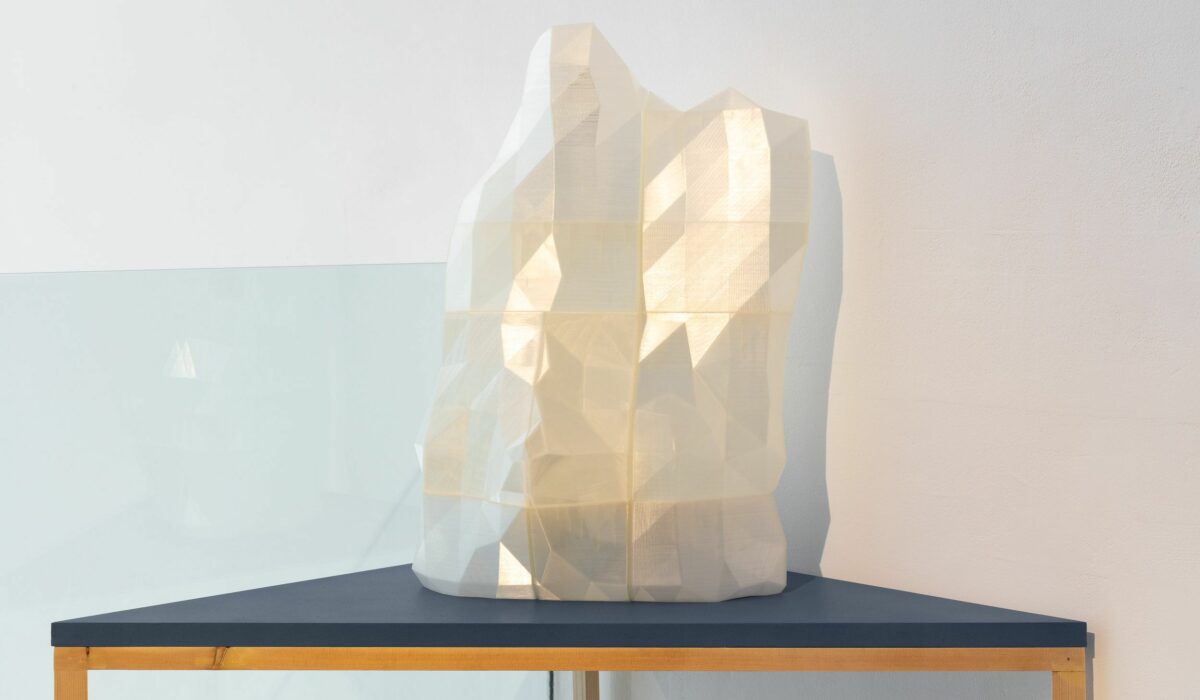
In general, how do you feel galleries, art spaces, artworks and artists might be able to contribute? What if any role do you feel they can play in a progressive conversation?
As artists we can make work addressing the issues the world faces. We can all play a part in this progressive conversation through workshops and presentations but also by appealing to a wider audience that would not normally access gallery spaces.
Are there any tips or advice, anything you have learnt you might want to share with other artists or our audiences?
It is important to research the materials we use in the production of our art, and ensure they have as little impact as possible. However, there are no definitive answers to the problems the world faces. All choices have different consequences which can either help or hinder future generations.
LINKS
Website
jeffreyknopf.co.ukImages
Banner:
- Jeffrey Knopf, Foundation (2024), detail. Photographed by Jules Lister.
From left to right, top to bottom:
- Jeffrey Knopf, The Closest I got to Freud’s Desk (2024). Photographed by Jules Lister.
- Jeffrey Knopf, Couch 2 (2024). Photographed by Jules Lister.
- Jeffrey Knopf, The Future Looking to the Past, the Past Looking to the Future (Where Should We Be Now?) (2024), detail. Photographed by Jules Lister.
